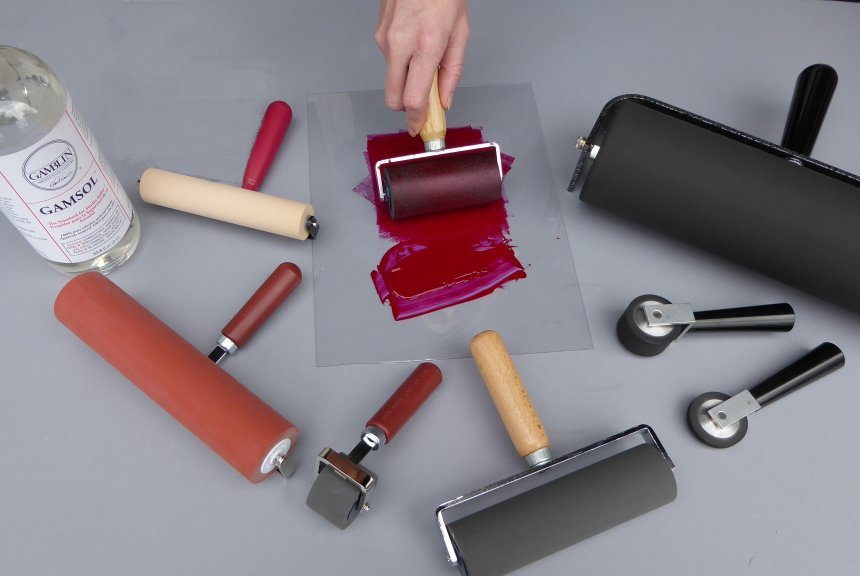In today's fast-paced digital world, laser printers have become an essential tool for businesses and individuals alike. However, many users often wonder if laser printers can dry out if left unused for extended periods. In this blog post, we will delve into the intricacies of laser printer technology and explore whether or not they are prone to drying out when not in use.
- Understanding Laser Printer Technology:
To comprehend the potential drying out of laser printers, it is crucial to grasp the underlying technology. Laser printers utilize a combination of toner cartridges, fuser units, and imaging drums to produce high-quality prints. The toner, a fine powder, is fused onto the paper using heat generated by the fuser unit. The imaging drum plays a pivotal role in transferring the toner onto the paper. - The Impact of Inactivity on Toner Cartridges:
Toner cartridges are a vital component of laser printers, containing the toner powder necessary for printing. When a printer remains idle for an extended period, the toner inside the cartridge may settle or clump together. This can lead to poor print quality, streaks, or even complete print failure. However, modern laser printers often include mechanisms to agitate the toner periodically, mitigating the risk of drying out. - Fuser Units and Drying Out:
The fuser unit, responsible for melting the toner onto the paper, can also be affected by inactivity. When a printer is not used for an extended period, the fuser unit's heat roller may become dry, resulting in inadequate heat transfer. This can cause print quality issues, such as smudging or incomplete fusing. However, the likelihood of this occurring is relatively low, as modern laser printers often perform self-maintenance routines to prevent drying out of the fuser unit. - Imaging Drums and Inactivity:
Inactivity can potentially impact the imaging drum of a laser printer. The drum's surface is sensitive and can be affected by exposure to light and air. When a printer remains unused, the drum's surface may deteriorate, leading to print quality degradation, such as faded or uneven prints. However, most laser printers incorporate protective mechanisms, such as light-blocking covers, to minimize the risk of damage to the imaging drum.
Conclusion:
While laser printers can be affected by inactivity, the risk of them drying out is relatively low due to the self-maintenance features incorporated in modern printers. However, it is still advisable to periodically use the printer or perform maintenance routines to ensure optimal performance. By understanding the potential impact of inactivity on toner cartridges, fuser units, and imaging drums, users can take appropriate measures to maintain their laser printers' longevity and print quality.

